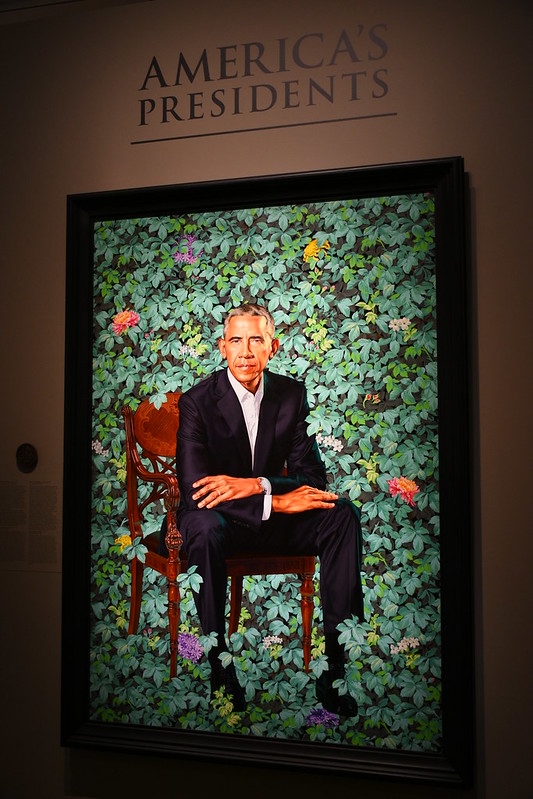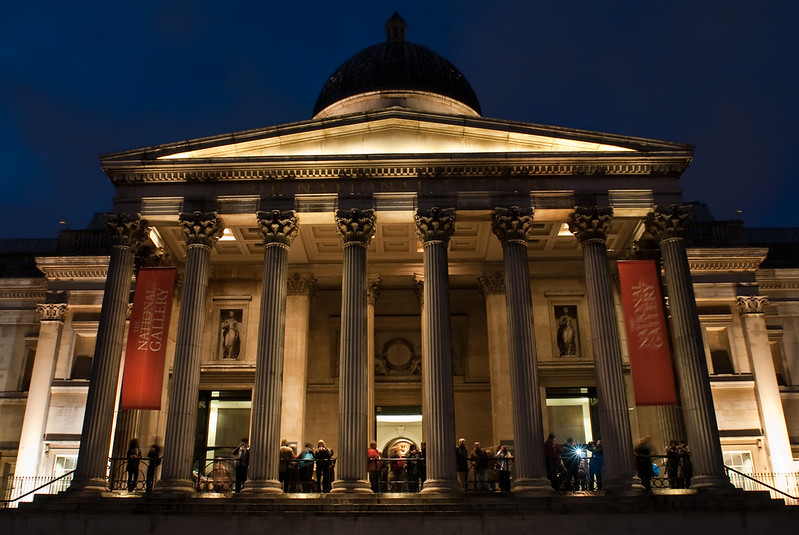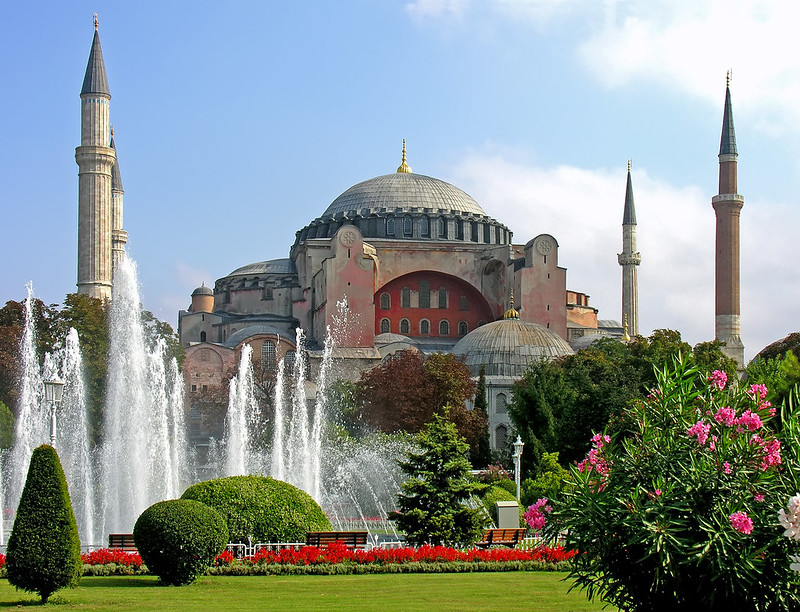1 The Information Cycle
Let’s take a quick look at the information cycle, to help you figure out what kind of resource you should look for in your research and also how different kinds of information on the same topic are related to each other.
This video created by Elsa Loftis, the Art Librarian at PSU, overviews how the Information Cycle works:
“The Information Cycle” by Elsa Loftis is licensed under a CC BY 4.0.
After watching Elsa’s explanation of the key features of the Information Cycle, how does the Information Cycle apply to your research in art history? For example, if you were researching Kehinde Wiley’s portrait of Barack Obama:

Let’s consider the questions you’re trying to answer before deciding which sources to explore in order to build your argument. The portrait was unveiled by Barak Obama on February 12, 2018 at a ceremony at the National Portrait Gallery:

What questions might be answered by looking at social media from the day of its unveiling? Or looking at news coverage of the social media posts a day or two after the unveiling? If the scope of your work includes the public response to the portrait then social media could be an important primary source for your research. Even within the context of gathering social media posts from the timeframe immediately following the unveiling though, you’d need to develop a strategy that allowed you to capture a range of perspectives.
That said, perhaps you’re instead–either because of your interest and/or the specifics of your assignment– trying to capture the perspective of art critics or understand the portrait’s place within the context of art history. The noted art critic Holland Cotter’s appraisal from the day after the unveiling appeared in the New York Times, A Blend of Paint, Fact and Fiction, and there were numerous news stories written about the portrait from across the political spectrum. A bit later, a year after the unveiling, additional analysis appeared such as this article from the Atlantic.
That said, at the time I’m writing this overview for you in December 2019, searching in the PSU Library’s databases–and I’ll cover more on how to use the databases later–there don’t seem to be any peer-reviewed articles that have appeared yet that specifically cover Wiley’s portrait of Obama, which is a common issue you’ll encounter working in contemporary art. We’re still too early in the information cycle to have the full range of sources on this specific topic to use.

Similarly, even if you’re researching a topic from centuries ago, such as the 6th-century Byzantine Church of Hagia Sophia in Istanbul, there might be newly-discovered aspects, such as this archeological find announced early in 2019, that wouldn’t be incorporated yet into sources such as peer-reviewed, scholarly journal articles and encyclopedia entries about that venerable building.
— by Prof. Anne McClanan
.
.
More about the Information Cycle
If you’d like to learn more about the information cycle, check out these resources:
Webpage: The Information Cycle (Thompson Rivers University Library)
.
.
Check Your Understanding
.
.
.
.

